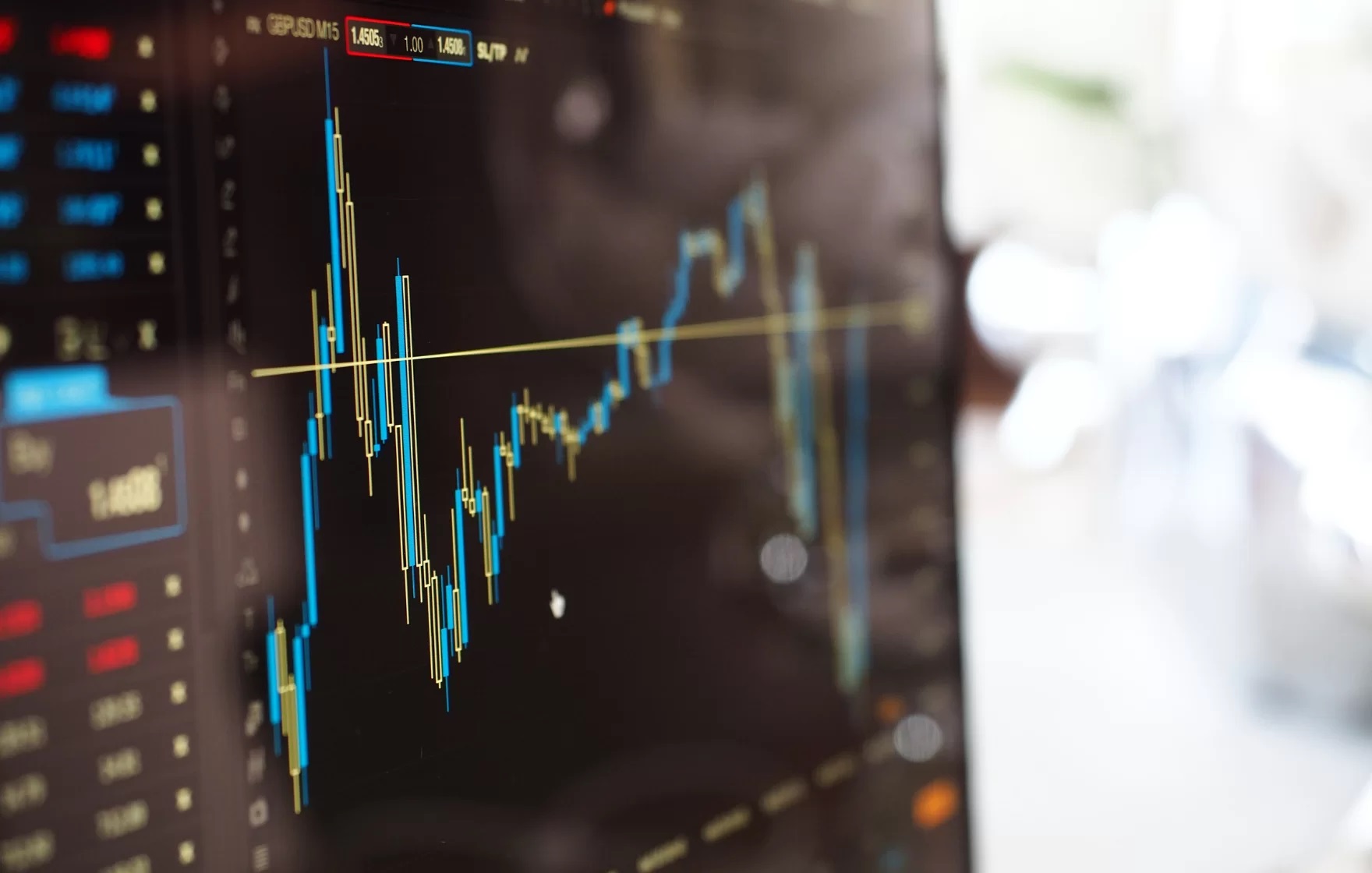Hey traders, let’s dive into the wild world of CFDs and see how the economic calendar releases can make our markets dance to a different tune. You know, those moments when the market goes from a gentle waltz to a full-on rave, all because of a few numbers being announced. It’s like watching a movie where the plot twist keeps you on the edge of your seat. But instead of popcorn, you’ve got your trading screen and a heart rate monitor!
The Power of Economic Calendars
Economic calendars, those digital planners of the financial world, are not just a bunch of dates and times. They are the secret sauce that can turn a trader’s day from dull to exhilarating. Imagine you’re at a party, and the DJ just announced the next song is your favorite. That’s how traders feel when they see a big economic release on the calendar. The markets get hyped, and so do the traders.
Market Volatility: The Dance of the Numbers
When the Economic Calendar drops a bomb – I mean, announces a significant number – the market volatility goes from a slow waltz to a breakneck speed. It’s like when you’re driving on a highway, and suddenly, the road turns into a rollercoaster. You better hold on tight! Volatility is the trader’s friend, especially in the CFD markets, where you can make a killing on the swings.
The Role of Market Expectations
Before the music starts, there’s always a buzz. In our case, it’s the market expectations. Traders are like fans waiting for their favorite band to hit the stage. They speculate, they predict, and they place their bets. When the numbers finally come out, it’s like the first chord of the song. The crowd goes wild, and the market moves.
The Impact on Trading Strategies
Every trader has their strategy, their unique dance move, if you will. Some like to go long, others short, and some are just waiting for that perfect moment to jump in. The economic calendar releases can be the signal for that perfect entry or exit. It’s like knowing the right beat to start your dance.
Real-Life Examples: The Show Must Go On
Let’s take a trip down memory lane and look at some historical moments when the economic calendar releases have sent the markets into a frenzy. Remember that time when the unemployment rate was announced, and the markets went berserk? Or when the GDP numbers were better than expected, and everyone was buying like there was no tomorrow? Those are the moments that make trading stories worth telling.
Managing Risk in a Volatile Market
Now, let’s talk about the elephant in the room – risk. In a volatile market, risk management is not just a suggestion; it’s a necessity. It’s like wearing a seatbelt before you hit the road. You never know when a sudden turn might come your way. Setting stop losses, diversifying your portfolio, and keeping a cool head are all part of the risk management toolkit.
The Future of Economic Calendars and Market Volatility
As we look to the future, the economic calendar and market volatility will continue to be a dynamic duo. With more data being released and new technologies shaping the way we trade, the dance between these two will only get more interesting. It’s like watching a dance evolve, with new steps and rhythms being added all the time.
Conclusion: The Symphony of Trading
In conclusion, the economic calendar releases are the maestro of the market’s symphony. They set the tempo, and we, the traders, are the instruments. It’s a beautiful chaos, a dance of numbers, and a testament to the ever-changing nature of the financial world. So, the next time you see a big announcement on the economic calendar, remember, it’s showtime!










